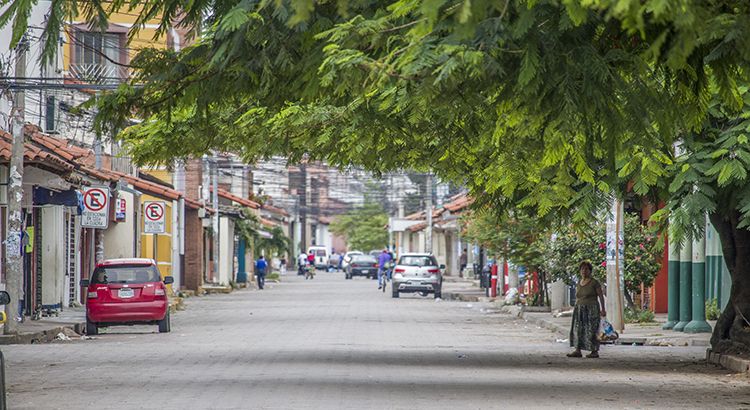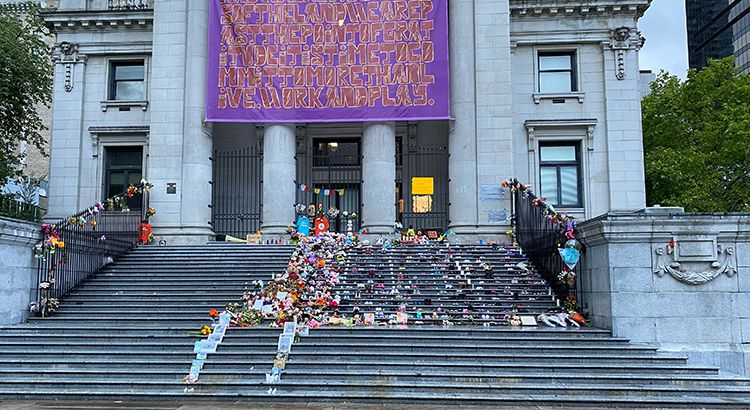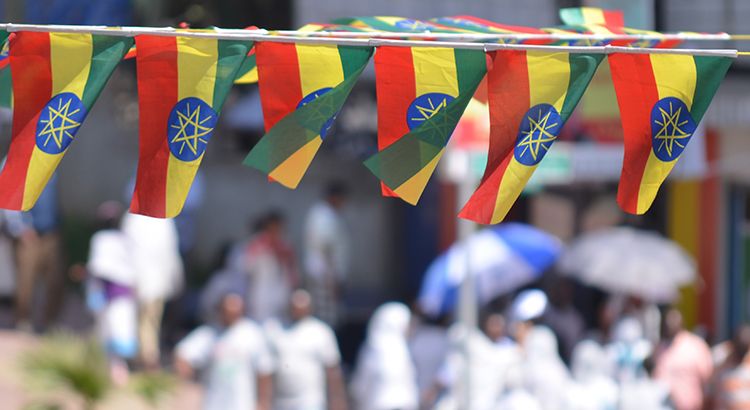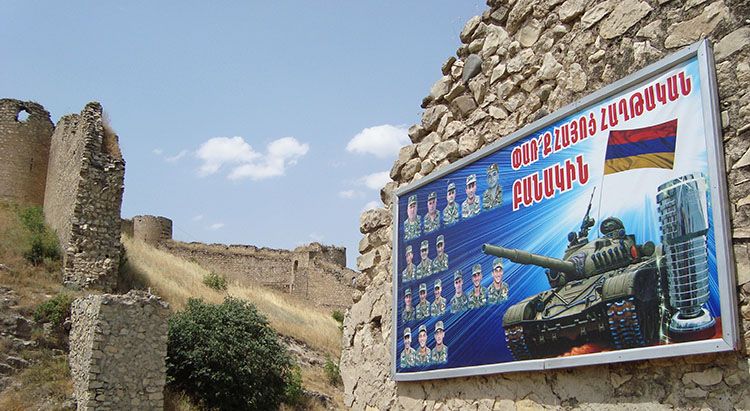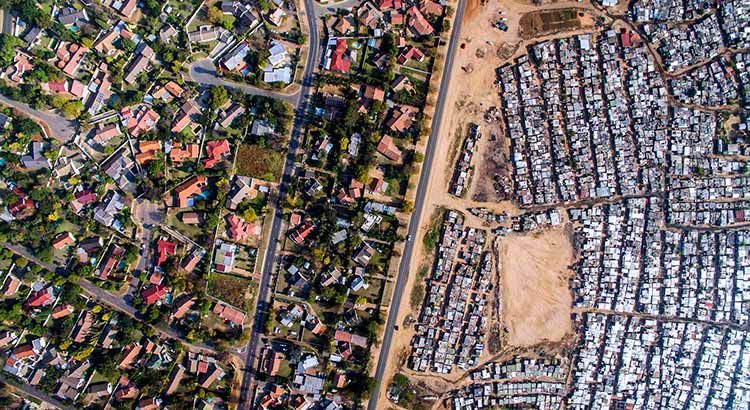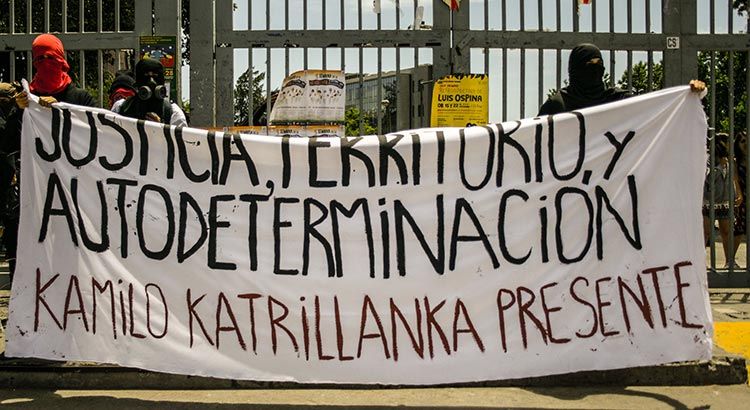Schlagwort: innerstaatlicher Konflikt
In November, President Luis Arce in Bolivia faced one of the most turbulent moments of his...
The Tricky Politics of Recognizing Armed Non-State Actors
The new volume “Armed non-state actors and the politics of recognition” by editors Anna Geis,...
Kanadas Genozid an den First Nations: Der Aufarbeitungskonflikt braucht Recht und Politik
Erst legten Trauernde Kinderschuhe vor das kanadische Parlament, für jedes der über 1000...
„The Future is Bright“ – A Way Forward for the Tigray Conflict
Since a few weeks, we observe violent clashes between government forces and local authorities in...
Nagorno-Karabakh: Why did the Second Armenia-Azerbaijan War Start?
The “frozen” Nagorno-Karabakh conflict between Armenia and Azerbaijan existed for 26 years being...
Bergkarabach – vom kalten Frieden zum heißen Krieg
Nun ist es also passiert, was die nicht eben zahlreichen Beobachter des Konflikts um Bergkarabach...
Friedenserhaltung nach Bürgerkriegen: Wie die Merkmale eines Konflikts über den Erfolg mitentscheiden
Friedenserhaltende Missionen sollen verhindern, dass beendete Bürgerkriege erneut ausbrechen. Oft...
Xenophobic violence and spatial inequality in South Africa
In recent violent attacks against African foreigners living in South Africa 12 people were...
How the Chilean government deals with the Mapuche conflict
The 14th of November 2018, the Chilean police shot the 24-year-old Mapuche activist Camilo...
